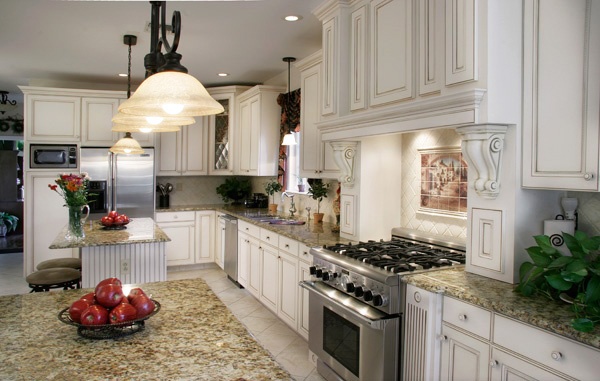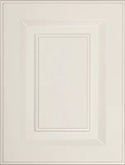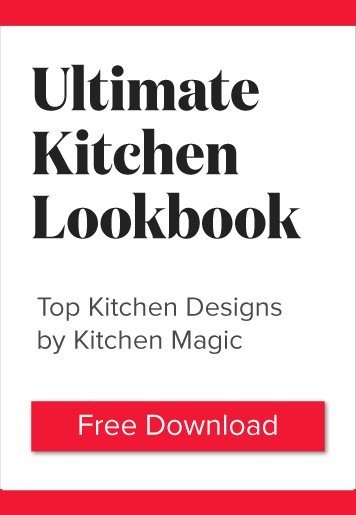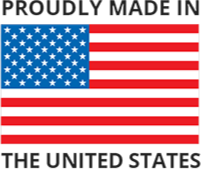By the time you're finished with your new kitchen remodel, you'll feel like a bit of a design and building expert yourself. The vocabulary you have to learn about throughout the process rival that of a novice builder. This is especially true if you're planning a traditional kitchen design, or a transitional kitchen with traditional accents.
Wood Detail Options Add Depth, Character & Texture to Kitchen Designs
There are an unbelievable array of wood details, so a simple blog won't cover them all. However, we're going to share the eight most commonly-used in traditional and transitional designs.
Wherever possible, we've included text-linked examples from our own Kitchen Magic Design Gallery.
Wood details can be addictive, so it's important that you determine which ones enhance your kitchen - without designing such a detail-rich kitchen that it results in a cluttered look and feel. Visit the Ktichen Magic team and design a traditional or transitional kitchen that strikes just the right balance using beautiful wood details.
1. Moulding
You may also see this written as crown moulding (if it runs along the perimeter of the room where the wall-meets-ceiling), base moulding (if it runs along the bottom-perimeter where the wall-meets-floor) or decorative trim - which can be applied just about anywhere.

Moulding comes in all shapes and sizes and although most wood details are intentionally left out of modern kitchen designs, there are modern or more streamlined moulding options available. It can be added to ceiling or the upper-portion of the cabinets.
2. Corbels
These are found on the underside of things, be it an island overhang or a decorative hood. They can be squared, rounded or scrolled, and give the appearance that they are helping to hold things up. You can see an example underneath the hood in our White Walnut Kitchen.

3. Legs & Posts
These can come in the form of true support, or, in other cases, the legs or posts are added onto the body of an island for peninsula for extra detail and artistry, like the ones flanking the island bookcase in The Frosty White kitchen.

4. Reeding or Fluting
Reeding is a linear, rounded and convex accent, while fluting is its linear and concave opposite. In kitchens, reeding or fluting are often used on legs or posts. The Hard Maple Island is partially supported by legs adorned with large, spiraled reading.

5. Valance
Just like the window treatment versions, valances help to frame the upper-portion of a window, cabinet or hood area. They are often arched, which can be a nice change in a linear kitchen design, and moulding can be used to dress them up a bit. You can see how the simple arched valance in the Black Cherry Island kitchen provides continuity - and an attractive transition - bridging cherry cabinets across a white window frame.

6. Appliques or Onlays
Sometimes, just a simple swirl, leaf scroll or or fleur de lis is added to the cabinet body to give it a little pizzazz. These "ad ons" are called appliques or onlays.

Look above the refrigerator in our White Island in Cordovan kitchen to see an example of a more ornate cabinet applique.
7. Wooden Hoods
Most kitchen hoods are made from metal. This look is fine for any kitchen design. However, many traditionalists prefer the look of wood to metal, and opt to install a wooden hood cover.

Wood hoods are often on the larger side, but therer are smaller options as well.
Wood details can be attractive, so it's important that you determine which ones enhance your kitchen - without designing such a detail-rich kitchen that it results in a cluttered look and feel.
Talk to the Kitchen Magic team and design a traditional or transitional kitchen that strikes just the right balance using beautiful wood details.











